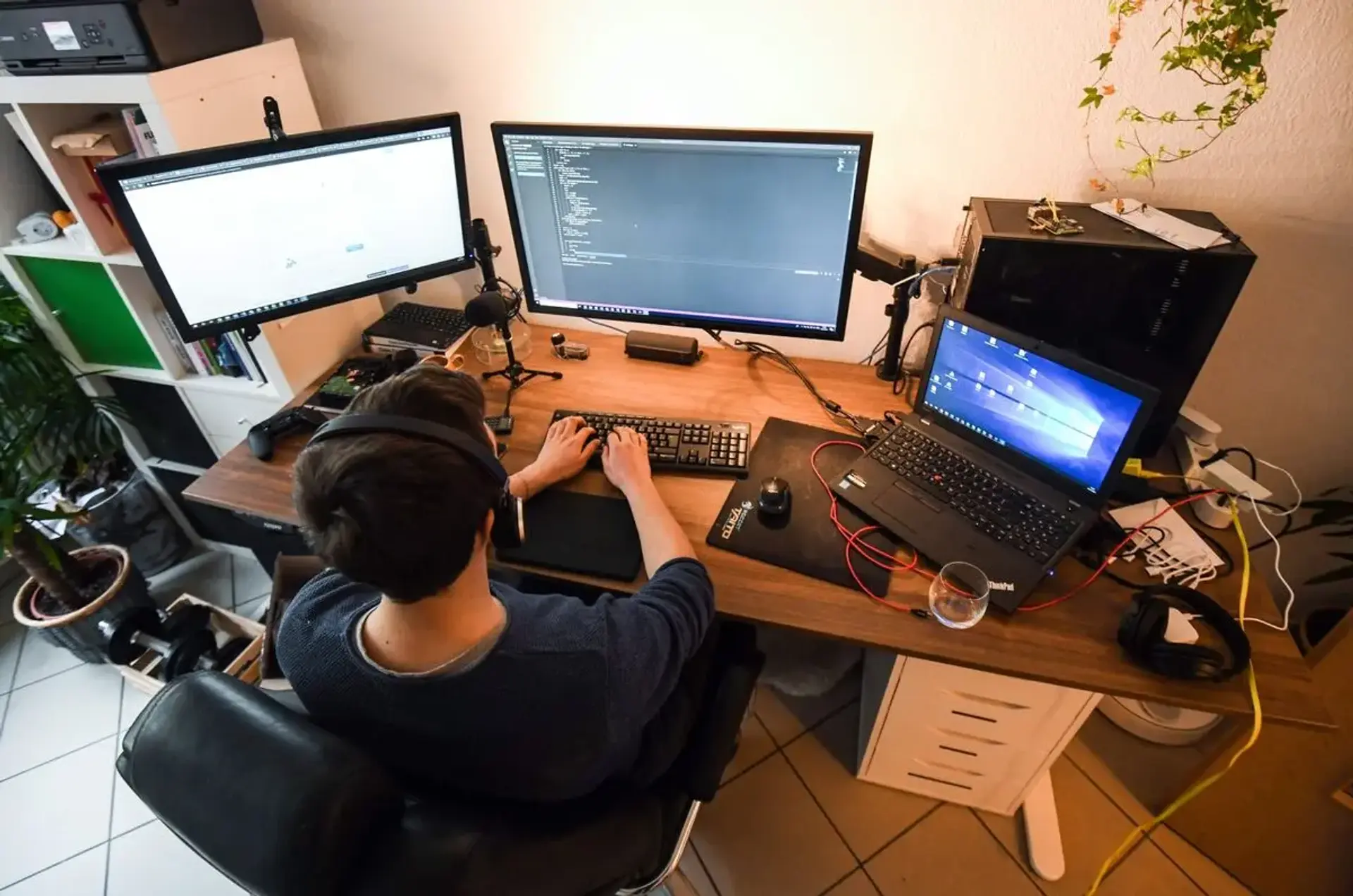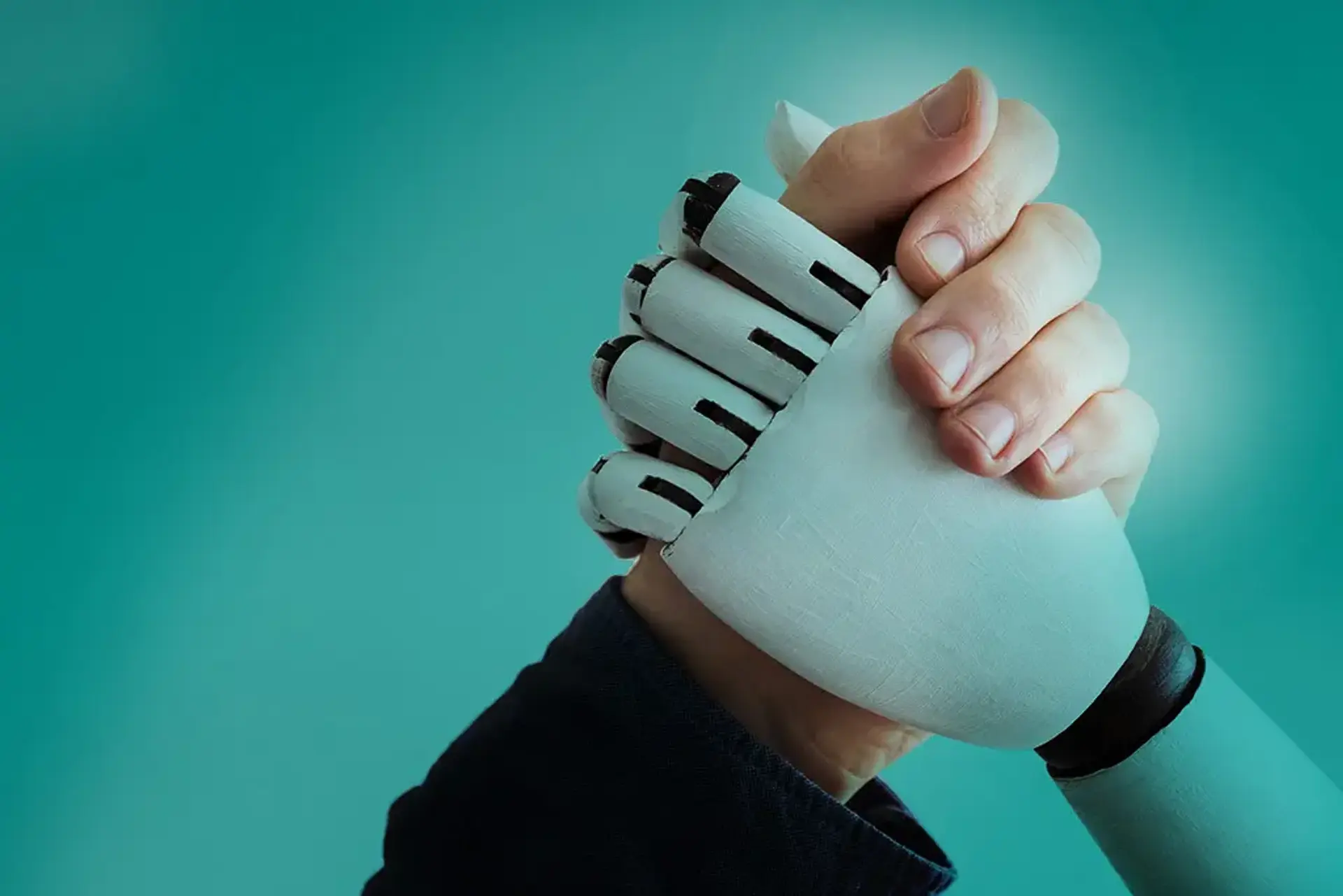Amazon's unveiling of the Vulcan robot, equipped with tactile sensing, provides a glimpse into the evolving roles for human workers in an increasingly automated environment. As AI and robotics take on more routine tasks, new job categories are emerging that require uniquely human skills. These roles focus on robot supervision, maintenance, and complex problem-solving that AI cannot yet handle. Amazon's initiative suggests a shift towards human-machine collaboration, where humans and AI work together to optimise efficiency and productivity.
The integration of AI-powered robots like Vulcan into the workforce necessitates a proactive approach to workforce development. Companies must invest in training programs that equip employees with the skills needed to manage and maintain these advanced systems. This includes technical skills in robotics and AI, as well as soft skills such as critical thinking and communication. The success of this transition hinges on the ability to create a symbiotic relationship between humans and machines, leveraging the strengths of both to drive innovation and growth.
Ultimately, Amazon's move highlights the importance of adapting to the changing landscape of work. While AI and robots will undoubtedly transform industries, they also create opportunities for humans to take on more strategic and creative roles. By embracing lifelong learning and fostering a culture of innovation, businesses can ensure that their workforce remains relevant and competitive in the age of AI.
Related Articles

CrowdStrike Cuts Jobs, Pivots AI
Read more about CrowdStrike Cuts Jobs, Pivots AI →
Amazon Restructures for AI
Read more about Amazon Restructures for AI →
Duolingo's AI Pivot Backfires
Read more about Duolingo's AI Pivot Backfires →
Amazon boosts listings with AI
Read more about Amazon boosts listings with AI →
